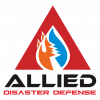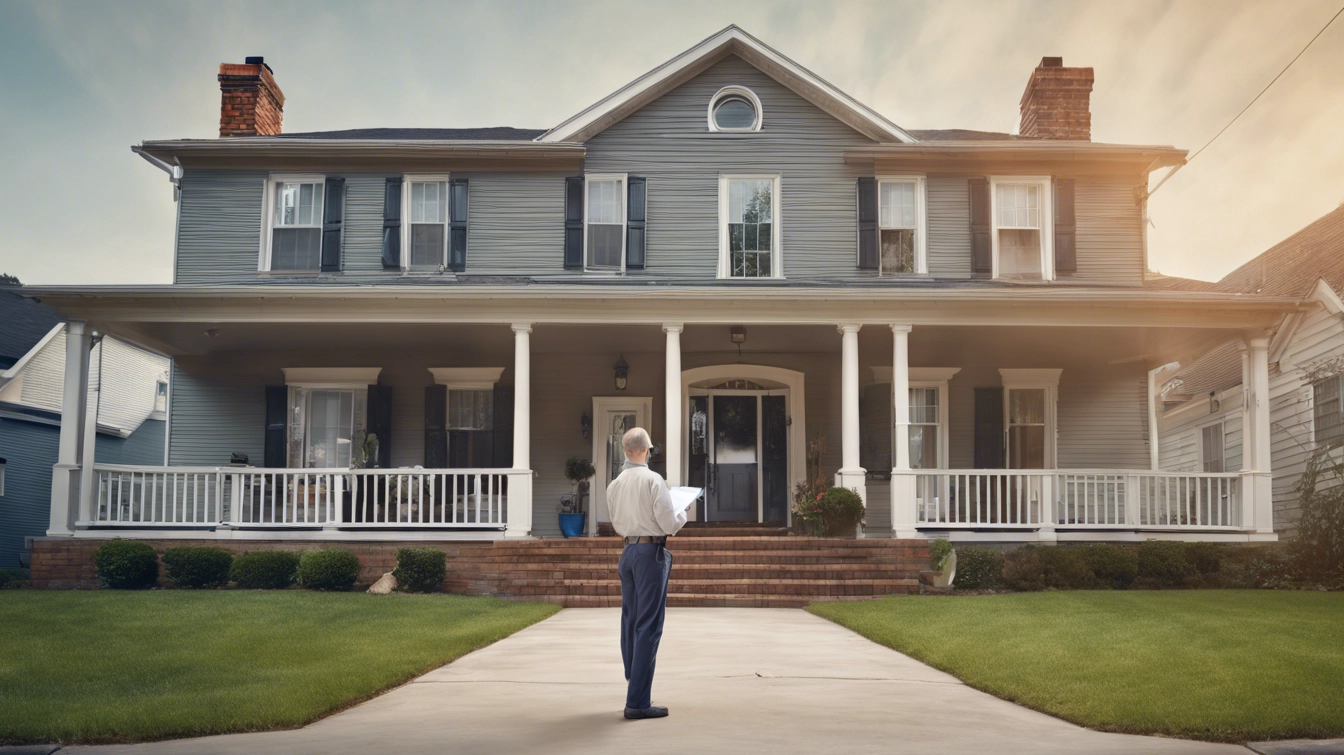When you bought your home in Southern California, you probably never dreamed that you could end up wading knee-deep in soot and ash caused by a wildfire.
That is, until it happened to you or someone you know.
That’s the story of many who came to this paradise of picture-perfect beaches, opulent mansions, and year-round ideal weather.
They invested their money, their lives, and their family’s future into our communities. They built legacies here – legacies that they thought were indestructible.
Then they experienced the life-churning upheaval wildfires can cause.
Does that sound familiar?
Maybe you felt fortunate that your home didn’t burn. Still, you were left to deal with months of arguing with insurance adjusters, having cleanup crews remove load after load of soot and ash, getting your home deodorized, and replacing carpets, furniture, and flooring.
Of course, all of this was on top of the stress that came with staying with family members or in a hotel room for months on end. The strain of being displaced can take a heavy toll on any family – and often, it even leads to divorce. Hopefully, that didn’t happen to you.
Or maybe your own home wasn’t damaged by wildfire soot, but you watched a friend, family member, or other connection go through the restoration process. In the back of your mind, you’ve been wondering if that – or worse – will happen to you when the next wildfire rages near your home.
Unfortunately, you have more than enough reason to worry:
California wildfires dubbed the “new normal.”
Nearly 2 million acres have already burned, and the emergence of several factors has drastically increased the threat of more wildfires in the near future.
- First, extreme drought in much of the Southwestern United States, particularly Southern California, has increased the flammability of brush, vegetation, and other “fire fuels.”
- Second, increasing temperatures are decreasing the already dangerously low humidity, further increasing the risk of combustion and decreasing firefighters’ ability to control a fire once it ignites.
- Third, earlier snow melts are increasing the length and intensity of dry seasons. The longer the dry season, the more opportunity for a wildfire to start. A study published in Nature Communications shows that in the Western United States, burned forests were linked to a 400%+ increase in snow melt, setting the stage for intense, nearly year-round dry seasons in coming years.
- Finally, recent outbreaks of destructive pests have weakened and killed countless trees in area forests and woodlands, increasing the availability of “fuel” for a wildfire to spread.
For these reasons, at least one major news outlet has dubbed the prevalence of wildfires California’s “new normal,” underscoring the invisible threat that stands ready to destroy thousands of lives and cause billions of dollars in property damage.
Here are just a couple of the stories we’ve heard from people who haven’t just been through a full cleanout – they’ve lost their homes entirely:
“Everything I have has turned to ash.”
Greg Meneshian stood stunned in front of the remains of his Bell Canyon home. Just hours before, he received a text notification containing a video of the blaze. Now, he found himself asking how he was going to keep his children in their local district without a home.
His daughters struggled to cope with the loss. “Especially my oldest, because all of her memories are gone,” Meneshian said. “I really don’t know what’s next… everything I have has turned to ash.”
“It just doesn’t feel real that it’s all gone.”
Arik Fultz thinks back to the Fultz Ranch near Malibu, which was destroyed in the Woolsey wildfire. Within just a few hours, the fire consumed two barns, two homes, and three trailers, not to mention a collection of personal belongings accumulated over several decades.
He’s grateful that his family and 52 horses survived the blaze. Still, he misses the ranch he and his mother Tricia worked for years to build. “It just doesn’t feel real that it’s all gone.”
These are just a couple of the real-life stories of people whose lives have been permanently changed by a recent wildfire. There are many more… some of which may never be told.
You don’t want to go through a cleanout… and you definitely don’t want to lose your home, your life, or your family.
Whether you’ve already been through the stress of a cleanout yourself, or you’ve witnessed someone else endure it, you’re not willing to take that chance again.
You’ve probably been thinking about how you can protect your property – and spare your family members from having their lives turned upside down – when the next wildfire threatens your community.
Whatever you do, though, it’s not worth risking your life.
You may have seen videos of Southern California homeowners dousing their homes with buckets or spraying their roof tiles with a hose to try to protect their property from the flames.
Although some homeowners have certainly been successful, many more have not. There are several key reasons why “do it yourself firefighting” shouldn’t be your first line of defense if wildfires threaten your home:
- First, doing so requires actually being home, awake, and attentive in sufficient time to soak your property before wildfires reach it.
- Second, the ignition zone (the boundary beyond which your home is in immediate danger) extends 100 feet from the home’s exterior walls in each direction. If there are external buildings on your property, they would extend this zone.
- Third, taking on a wildfire yourself puts you at risk of serious physical harm or even death. In the moment, you might feel like saving your home is worth putting yourself in danger. It doesn’t make sense, though, to risk leaving your family to mourn losing you.
That doesn’t mean that there’s nothing you can do, though. In fact, the most effective thing you can do doesn’t even require you to leave your chair.
There’s a safe, easy way to help protect your home, family, and property against wildfire damage.
The best protection against wildfires starts long before they become an immediate threat.
How? By applying a safe, non-toxic fire-blocking spray on outdoor flammable surfaces in and around your home’s ignition zone.
Phos-Chek is a safe, reliable fire-blocker used by the U.S. Fire Service to protect homes, buildings, and other properties by rendering “fuel” (brush and other highly flammable items) within the home ignition zone inflammable.
You can give yourself peace of mind by applying Phos-Chek to these items within your home’s ignition zone, as well as near any areas emergency responders may need to access:
- Around the perimeter of your home
- Around the perimeter of any detached buildings
- On brush and cut wood.
Once you apply Phos-Chek, it will provide protection for about 6 months or until ½ inch of rain falls.
Let us do the work, so you can get back to life – worry free.
If you’re like most people, you don’t really want to spend your time fighting wildfires… or even preparing for them. That’s why our team of professionals is here to do the hard work for you.
Our technicians will come to your property to conduct a 14-point inspection – we look for all potential wildfire risks and review our findings with you in detail so you know exactly how we can best protect you and your family from upheaval and loss.
If you and our technicians agree, they’ll apply long-lasting Phos-Chek fire block to all designated surfaces and create a “defensible space” to minimize the potential for damage.
Finally, we’ll work proactively to help you further reduce risk – clearing away brush and other flammables can dramatically improve your odds of withstanding a wildfire unharmed.
Meanwhile, you can get back to your day, knowing that you’ve taken the right step to protect yourself, your family, and your dreams from being destroyed by wildfires.
Click here to learn more about Allied’s fire preventative Phos-Chek application services and schedule your private consultation and 14-point inspection.



